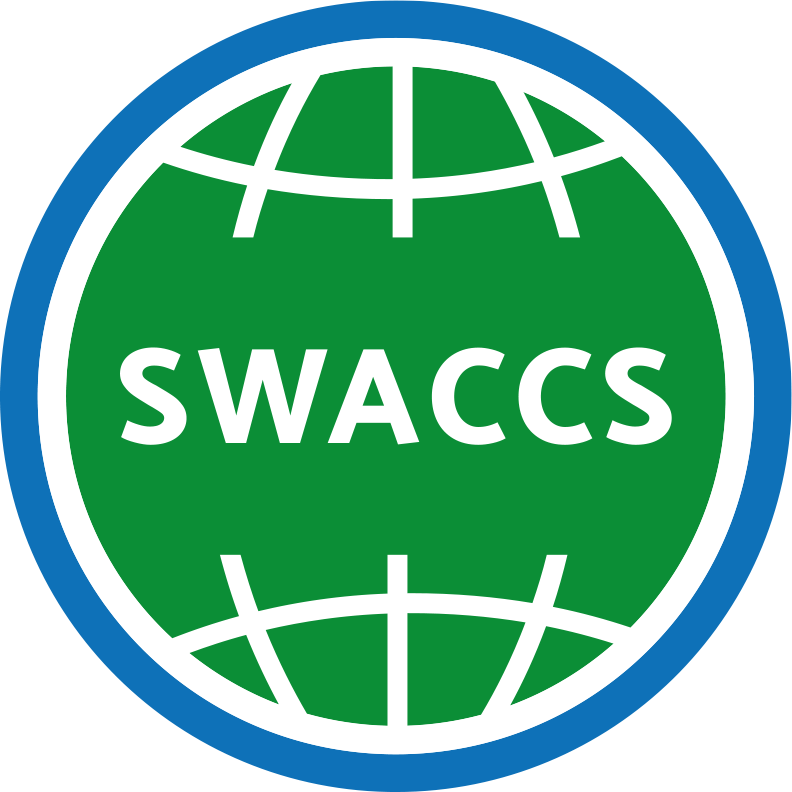SWACCS Seminar Series: Particle Toxicity
When: Wednesday, 30. March 2022, 14:00 - 15:00 (CEST)
Where: Zoom (see link below)
1) Title: “Health risks associated with exposure to air pollution has been underestimated”
Speaker: Christer Johansson, Professor in atmospheric science, Department of Environmental Sciences, Stockholm University.
Abstract:
Recent global calculations indicates that around 10 million people die prematurely every year from air pollutant exposure due to incomplete combustion of fossil fuels – more than double what is reported in the large Global Burden of Disease study for all types of combustion and other sources. Effects on mortality is just the tip of the iceberg. In this talk I will mainly focus on evidence of health risks associated with ambient air pollution based on recent epidemiological studies and its implications for mitigations to reduce the exposure and risks
2) Title: “Assessing Toxicity of Nanoparticles – Quick or Complicated?
Speaker: Hanna I. Karlsson, Associate Professor in Toxicology. Institute of Environmental Medicine, Karolinska Institute.
Abstract:
For assessing toxicity of nanoparticles (NPs), quick assays that enable efficient screening of potential toxicity and underlying mechanisms would be very beneficial. A promising approach is to use reporter cell lines. The ToxTracker reporter assay consists of several mouse embryonic stem (mES) cell lines that have been modified with different green fluorescent protein (GFP) tagged reporters for various cellular signaling pathways involved in carcinogenesis. The assay enables to quickly monitor the activation of signaling pathways associated with DNA damage, oxidative stress, general p53-dependent cellular stress as well as protein unfolding response. We have used these reporters to investigate the (geno)toxicity of various (n=33) metal- or metal oxide NPs as well as quantum dots (QDs) in different sizes. The results showed that many NPs induced the oxidative stress reporters. However, fewer activated reporters related to DNA damage; CuO, Co, CoO, CdTe QDs, Mn, Mn3O4, V2O5, and welding NPs. Thus, these NPs appear to be of particular concern when considering genotoxicity induced by metal- and metal oxide NPs. The cellular responses to NPs under short-term submerge conditions might differ from those observed after long-term exposure or at the more physiological air-liquid interface (ALI). To use ALI exposure is, however, much more complicated and there is still limited understanding whether such approach has major advantages in terms of e.g. sensitivity or better correlation to in vivo data. This presentation will give insight in these more complicated in vitro systems and furthermore discuss how the air concentration in an occupational setting might be compared to doses used in vitro.
ZOOM:
https://liu-se.zoom.us/j/69714595061?pwd=VjRMTDlWS3FsMlZGNmJYRjRkVysydz09
Meeting ID: 697 1459 5061
Passcode: 164278
